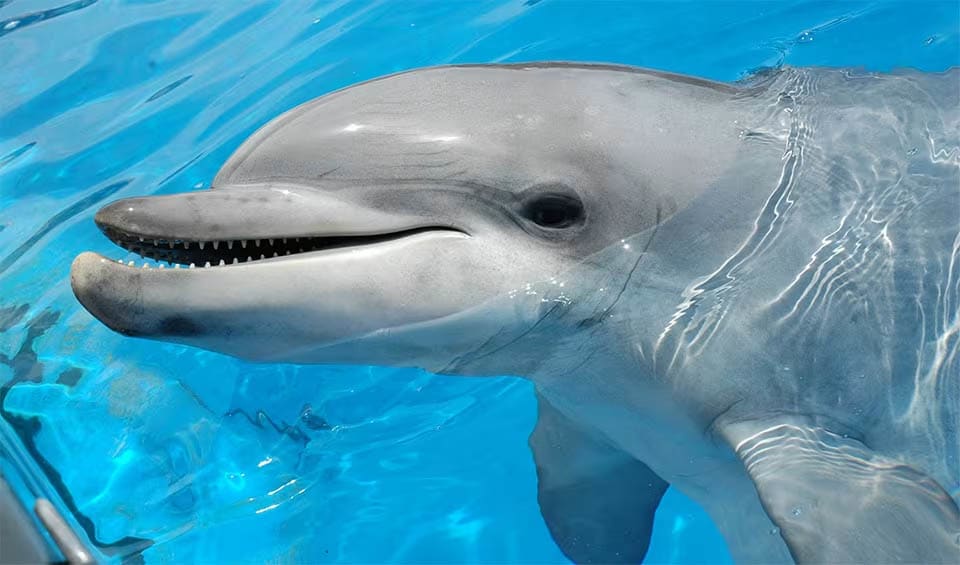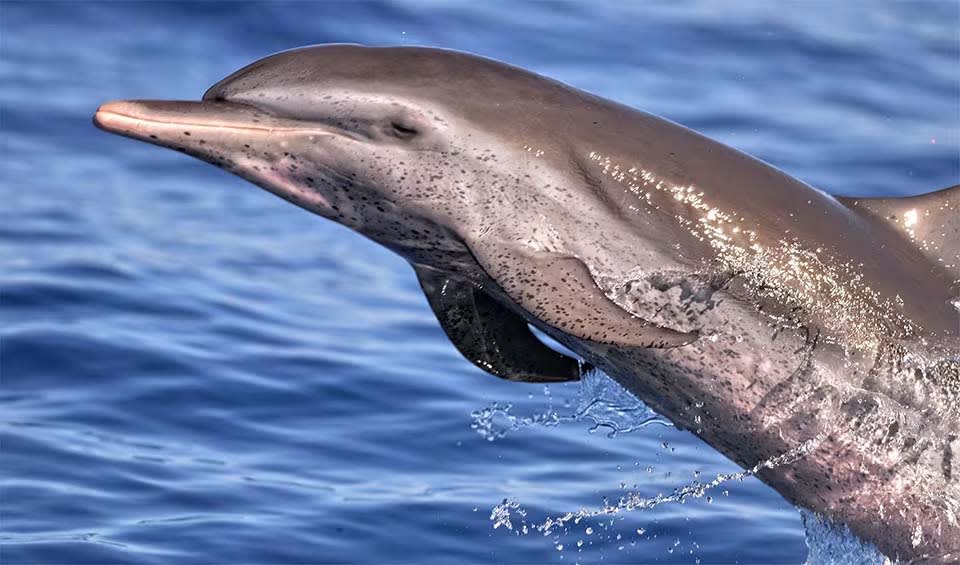The island is famous for its wide range of ecosystems, from stunted forests atop the highest peaks to rainforests nestled in valleys, as well as savannas and dry sandy areas that support only cacti and other drought-resistant plants. Jamaica’s diverse forest types, especially its wet limestone forests, play a vital role as important havens for its abundant biodiversity. These forests host numerous plant and animal species found nowhere else, making significant contributions to the island’s distinct ecological makeup.
Cockpit Country, a region of wet limestone forests, stands out as a crucial hub for Jamaica’s biodiversity and unique species. It is home to a diverse array of plants and animals found exclusively in Jamaica, such as the Jamaican boa and the Jamaican coney.
Four pillars elaborated:
Jamaica possesses an extensive network of nearly 300 protected areas, comprising diverse ecosystems and landscapes. These designated areas encompass national parks, forest reserves, marine parks, and special fishery conservation zones. Notable among Jamaica’s marine protected zones are the Montego Bay and Negril Marine Parks, renowned for their vibrant coral reefs, varied fish populations, and endangered sea turtles. These zones play a pivotal role in preserving marine biodiversity and supporting local fishing activities. Land Management
Land Management
On land, Jamaica’s protected areas like the Cockpit Country Forest Reserve and the Blue and John Crow Mountains National Park safeguard lush rainforests, towering peaks, and distinctive wildlife. These regions provide crucial ecosystem services, including water purification and carbon storage.
Jamaica’s biodiversity faces numerous threats, including habitat destruction, overexploitation, the influence of invasive species, limited enforcement of environmental laws, insufficient recognition of the value of natural resources, inadequate land use planning, pollution, and the effects of climate change. Given the significant reliance of Jamaica’s economy on its natural resources, these threats can have far-reaching consequences, impacting both the country’s economy and its environment. Threats to Biodiversity
Threats to Biodiversity
The Jamaican government has made efforts to aid in the conservation of its rich biodiversity and ecosystem. One such effort is the establishment of protected areas, such as national parks, forest reserves, and wildlife sanctuaries, which are managed by the National Environment and Planning Agency (NEPA). The government has also implemented a number of policies to protect endangered species, such as the Jamaican iguana and the Jamaican crocodile, and has worked with local communities to promote sustainable practices, such as the use of renewable energy and the conservation of water resources. Capacity and Governance
Capacity and Governance
Additionally, the government has collaborated with international organizations to support research and conservation efforts, such as the Global Environment Facility and the United Nations Development Programme.
Jamaica’s National Strategy and Action Plan for Biological Diversity underscores the nation’s dedication to sustainable development, prioritizing the preservation and responsible utilization of biodiversity. The plan emphasizes the integration of biodiversity considerations into national policies and decision-making frameworks, recognizing its critical role in Jamaica’s economy and overall welfare. Aligned with Vision 2030 Jamaica, the plan presents avenues for realizing the Aichi Biodiversity Targets, aimed at safeguarding global biodiversity and ecosystem services, thereby harmonizing conservation efforts with broader national development objectives. Future Trends
Future Trends
Biodiversity
Jamaica’s coastal areas and marine environments are equally important for biodiversity. The island’s coral reefs, particularly those along the north and west coasts, are teeming with marine life, including colorful fish, sea turtles, and various invertebrates. These reefs play a crucial role in the health of marine ecosystems and provide important services such as coastal protection and tourism opportunities. Mangrove forests, found along the island’s coastline, are vital for both terrestrial and marine species. They serve as nurseries for many fish species and provide habitats for birds, crabs, and other wildlife. The wetlands, such as the Black River Morass, support a diverse range of species, including the endangered American crocodile and numerous bird species like the West Indian whistling duck and the snowy egret.The dry limestone forests and savannas in the southern parts of Jamaica add another layer of biodiversity. These areas are home to unique plant communities and various reptiles, including the Jamaican iguana, which has been brought back from the brink of extinction through concerted conservation efforts.
In the table below are the number of known species in several main groups, how many of these species are Threatened with extinction, and how many of them are Endemic (unique to Jamaica only):
| Species (World rank) |
Threatened | % Threatened | Endemic | % Endemic | |
|---|---|---|---|---|---|
| Mammals | 49 (#162) | 7 | 14.3% | ||
| Birds | 201 (#168) | 10 | 5.0% | 32 | 15.9% |
| Reptiles | 52 (#121) | 25 | 48.1% | 3 | 5.8% |
| Amphibians | 25 (#87) | 15 | 60.0% | ||
| Fishes | 635 (#92) | 41 | 6.5% | 3 | 0.5% |
| Plants | 3,734 (#94) | 215 | 5.8% | 25 | 0.7% |
mammals
Common bottlenose dolphin
Known for their acrobatic leaps, twisting and turning gracefully as they jump completely out of the water
Pantropical spotted dolphin
A champion swimmer and a social butterfly of the warm seas
birds
Brown pelican
The smallest of the eight pelican species
Roseate spoonbill
An easily recognizable bird due to its pink body and spatulate bill
Painted bunting
A tiny bird with colors so bright, it looks like it was painted by an artist
reptiles
Brown anole
Often seen sunning themselves on fences, walls, and tree trunks
American crocodile
These creatures often ingest stones, aiding food digestion and buoyancy regulation in the water
Hawksbill sea turtle
Its slender frame and narrow head bear a beak curved like a hawk’s, earning this marine marvel its name
amphibians
Cane toad
When a big one meets a smaller one, it’s lunch!
Pacific tree frog
A small, green friend you might find hopping around in gardens, forests, or even your backyard
American bullfrog
Introduced to many regions where it is now considered an invasive species
National Animals
Red-billed streamertail
Jamaica’s national treasure, a hummingbird unlike any other
















